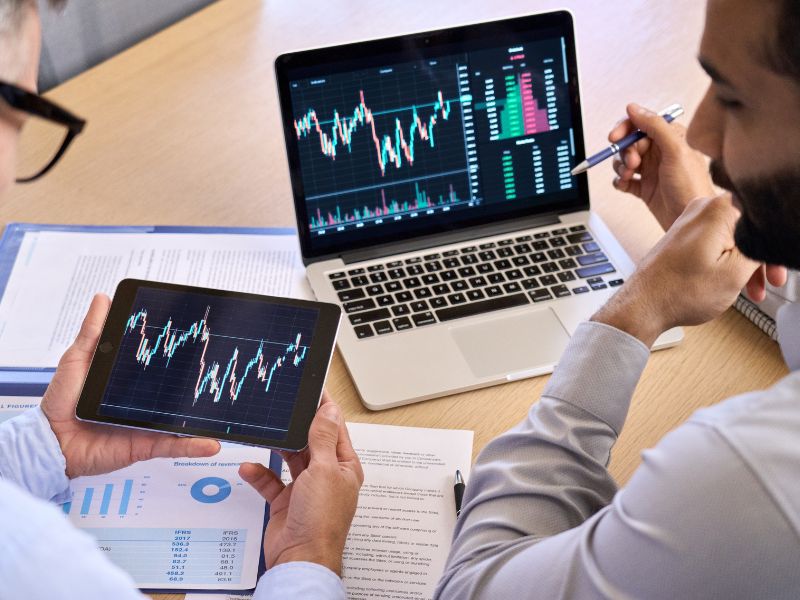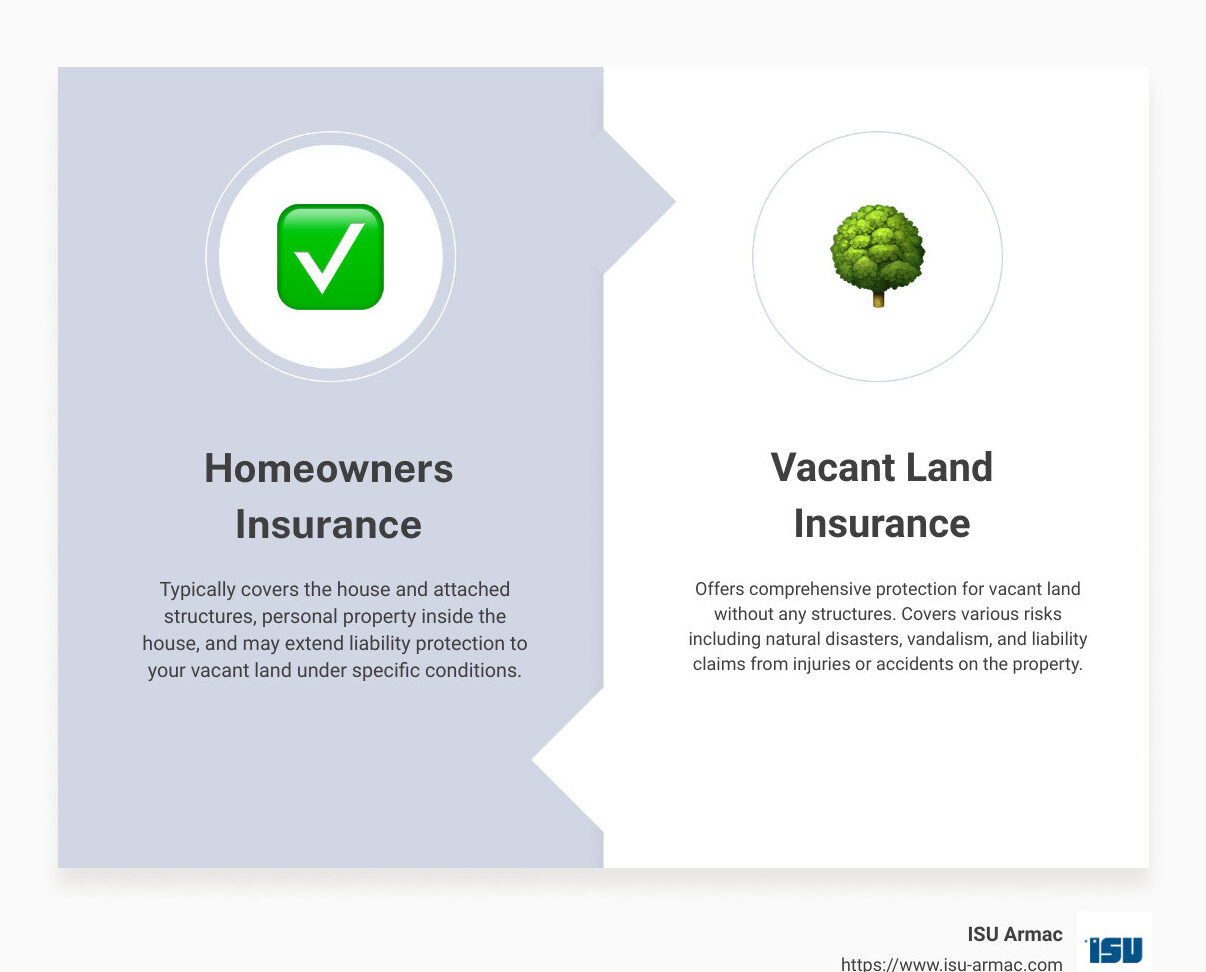In the realm of online trading, DaxRobot has emerged as a prominent platform, drawing attention from both seasoned traders and novices. Amidst the plethora of trading options available, discerning whether DaxRobot stands as a legitimate platform or not becomes crucial. In this comprehensive review, we delve deep into the intricacies of DaxRobot to discern its legitimacy, functionality, and overall performance.
Background of DaxRobot
DaxRobot positions itself as an automated trading platform, designed to streamline the trading process for users by employing advanced algorithms and cutting-edge technology. With claims of high accuracy rates and significant profit potentials, DaxRobot has garnered considerable interest within the trading community.
Legitimacy Assessment
Regulatory Compliance
One of the primary indicators of a trading platform’s legitimacy is its adherence to regulatory standards. DaxRobot operates under the purview of reputable regulatory bodies, ensuring compliance with industry regulations and standards. This regulatory oversight instills confidence among users regarding the platform’s credibility and trustworthiness.
Transparency and Accountability
Transparency is integral to establishing trust in any online platform, particularly in the realm of finance. DaxRobot maintains transparency in its operations, providing users with access to comprehensive information regarding its functionalities, algorithms, and performance metrics. Moreover, the platform upholds accountability by promptly addressing user concerns and inquiries, further reinforcing its legitimacy.
Functionality and Performance
Algorithmic Trading
At the core of DaxRobot’s functionality lies its algorithmic trading feature, which automates the trading process based on predefined parameters and market conditions. This automated approach enables users to execute trades efficiently and capitalize on market opportunities in real-time, thereby optimizing their trading outcomes.
Performance Metrics
DaxRobot boasts impressive performance metrics, with users reporting significant gains and consistent profitability. The platform’s algorithms leverage data-driven insights and market analysis to execute trades with precision, resulting in enhanced profitability and minimized risks for users.
User Experience and Support
Intuitive Interface
DaxRobot offers a user-friendly interface, designed to cater to the needs of both novice and experienced traders. The platform’s intuitive layout and navigation make it easy for users to access essential features, execute trades, and monitor their portfolios seamlessly.
Dedicated Support
In addition to its user-friendly interface, DaxRobot provides dedicated customer support to assist users with any queries or issues they may encounter. The platform’s support team comprises knowledgeable professionals who are readily available to address user concerns and provide timely assistance, enhancing the overall user experience.
Is robot trading profitable?
Robot trading, also known as automated or algorithmic trading, can be profitable for some individuals under the right circumstances. The profitability of robot trading depends on various factors, including the quality of the trading algorithm, market conditions, risk management strategies, and user input.
One of the primary advantages of robot trading is its ability to execute trades swiftly and consistently based on predefined parameters and market analysis. This automation eliminates the emotional aspects of trading, such as fear and greed, which can often lead to irrational decision-making and losses.
Additionally, robot trading can capitalize on market opportunities 24/7, as it operates continuously without the need for human intervention. This round-the-clock trading capability enables users to exploit profit potentials across different time zones and trading sessions.
However, it’s essential to note that robot trading is not immune to risks. Market volatility, sudden price fluctuations, and technical glitches can all impact the performance of automated trading systems. Moreover, the effectiveness of a trading algorithm may vary depending on the prevailing market conditions, making it crucial for users to monitor and adjust their strategies accordingly.
Ultimately, whether robot trading is profitable depends on the individual’s ability to develop or acquire a robust trading algorithm, implement sound risk management practices, and adapt to evolving market dynamics. While robot trading can offer potential benefits in terms of efficiency and consistency, it’s essential for users to conduct thorough research and testing before committing significant capital to automated trading strategies.
What is the best robot for trading?
Determining the “best” robot for trading depends on various factors, including individual preferences, trading goals, risk tolerance, and market conditions. However, several automated trading systems have gained recognition for their performance, features, and user satisfaction.
- MetaTrader 4 and MetaTrader 5 (MT4/MT5): MetaTrader is one of the most popular trading platforms worldwide, known for its robustness, flexibility, and extensive range of features. Both MT4 and MT5 support automated trading through Expert Advisors (EAs), allowing users to develop or purchase custom trading algorithms.
- NinjaTrader: NinjaTrader is another widely used platform among traders, offering advanced charting tools, market analysis, and automated trading capabilities. It provides a user-friendly interface and supports the development of automated strategies using NinjaScript.
- TradeStation: TradeStation is renowned for its powerful analytical tools and customizable trading strategies. The platform offers a comprehensive suite of features for automated trading, including backtesting, optimization, and real-time market scanning.
- QuantConnect: QuantConnect is a cloud-based algorithmic trading platform that allows users to develop, backtest, and deploy trading strategies across various asset classes. It provides access to a vast library of data and supports multiple programming languages, including Python and C#.
- ZuluTrade: ZuluTrade is a social trading platform that enables users to follow and copy the trades of experienced traders. It offers automated trade copying functionality, allowing users to replicate the trading strategies of successful traders automatically.
- RoboForex R Trader: RoboForex R Trader is a proprietary trading platform that offers automated trading solutions for forex and other financial instruments. It provides access to a wide range of trading tools and features, including algorithmic trading strategies and risk management tools.
When selecting the best robot for trading, it’s essential to consider factors such as reliability, performance, cost, ease of use, and compatibility with your trading preferences and objectives. Additionally, conducting thorough research, testing different platforms, and seeking recommendations from experienced traders can help identify the most suitable automated trading solution for your needs.
Do forex trading robots really work?
Forex trading robots, also known as expert advisors (EAs), can be effective tools for executing trades automatically based on predefined parameters and market conditions. However, whether they “really work” depends on various factors, including the quality of the trading algorithm, market conditions, risk management strategies, and user involvement.
Some forex trading robots are designed with sophisticated algorithms that can analyze market data, identify trading opportunities, and execute trades with precision and speed. These robots can operate 24/7, taking advantage of market fluctuations and opportunities even when the trader is not actively monitoring the markets.
However, it’s important to recognize that forex trading robots are not foolproof. Market conditions can change rapidly, and unexpected events or fluctuations can impact the performance of automated trading systems. Moreover, trading robots rely on historical data and predefined rules, which may not always align with current market dynamics or unforeseen events.
Successful implementation of forex trading robots also requires robust risk management strategies. While automated trading can minimize emotional biases and human errors, it’s essential for traders to set appropriate risk parameters, monitor performance, and intervene when necessary to prevent significant losses.
Furthermore, not all forex trading robots are created equal. The effectiveness of a trading robot depends on the quality of its algorithm, the parameters set by the user, and the broker’s execution quality. Traders should conduct thorough research, backtesting, and optimization before deploying a trading robot in live markets.
How much does a trading robot cost?
The cost of a trading robot can vary significantly depending on various factors, including the complexity of the algorithm, the features and functionalities offered, and the reputation of the developer or provider. Generally, the price of a trading robot can range from free to several thousand dollars.
- Free Robots: Some trading robots are available for free or as part of a brokerage platform’s offering. These free robots may have limited features or functionality compared to paid alternatives but can still provide value for novice traders or those with limited budgets.
- Commercial Robots: Many trading robots are sold commercially by developers or companies specializing in algorithmic trading solutions. The cost of commercial robots can vary widely, ranging from a few hundred dollars to several thousand dollars. The price often reflects the sophistication of the algorithm, the level of support provided, and additional features such as backtesting and optimization tools.
- Subscription-Based Models: Some trading robots are offered on a subscription basis, where users pay a monthly or annual fee to access the software and ongoing updates. Subscription-based models can provide flexibility for traders who prefer to pay for software on a recurring basis rather than a one-time fee.
- Custom Development: For traders with specific requirements or strategies, custom-developed trading robots may be an option. Custom development typically involves working with a programmer or development team to create a tailored solution based on the trader’s specifications. The cost of custom development can vary depending on the complexity of the project and the hourly rates charged by the developers.
- Additional Costs: In addition to the initial purchase or subscription cost, traders should also consider any additional costs associated with using a trading robot, such as data fees, broker commissions, or VPS (Virtual Private Server) hosting fees for reliable and uninterrupted operation.
Overall, the cost of a trading robot can vary depending on factors such as its features, performance, support, and customization options. Traders should carefully evaluate their needs, budget, and the potential return on investment before purchasing or subscribing to a trading robot. Additionally, conducting thorough research, reading reviews, and testing demo versions can help traders make informed decisions about the best trading robot for their specific requirements.









